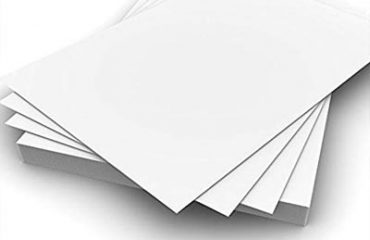Impact of paper deacidification
Effect of paper deacidification with nano calcium hydroxide and nanohydroxyapatite with nano cellulose and nano chitosan on its antifungal properties
Numerous factors lead to cellulose degradation, the most important of which is acid hydrolysis. Many history books are destroyed over time due to acid hydrolysis and a decrease in the degree of cellulose polymerization. For this reason, deacidification of exquisite old papers is necessary to stop and neutralize this process and also to apply strengthening treatments. Since paper is a suitable environment for the growth of some fungi, using a suitable protective treatment has been considered to can increase the pH and alkalize the paper to the desired level, increase the paper resistance and stop or slow down the growth of destructive fungi. In this study, a nano-coating was applied on the sample paper surfaces to deacidify the paper and strengthen its texture by dispersing calcium nano-hydroxide and nano-hydroxyapatite with nano-cellulose and nano-chitosan in an alcoholic solvent (ethanol). Aspergillus-treated papers were exposed to biological aging conditions to investigate the antifungal properties. For this purpose, after preparing the culture medium, the treated papers were inoculated in separate plates and the growth rate of the fungus on the samples was examined after the latency period. A tensile strength test was also performed on the treated samples. The results showed that deacidification treatments with alkaline conditions increased the pH of paper and paper treated with nano-calcium hydroxide-nano-chitosan and samples treated with nanohydroxyapatite had the lowest rate of fungal contamination. Papers treated with calcium nano-hydroxide along with nano-chitosan also showed better tensile strength and the use of nano-cellulose in the treatments improved the tensile strength of the treated papers, although they had less resistant to fungal contamination.






